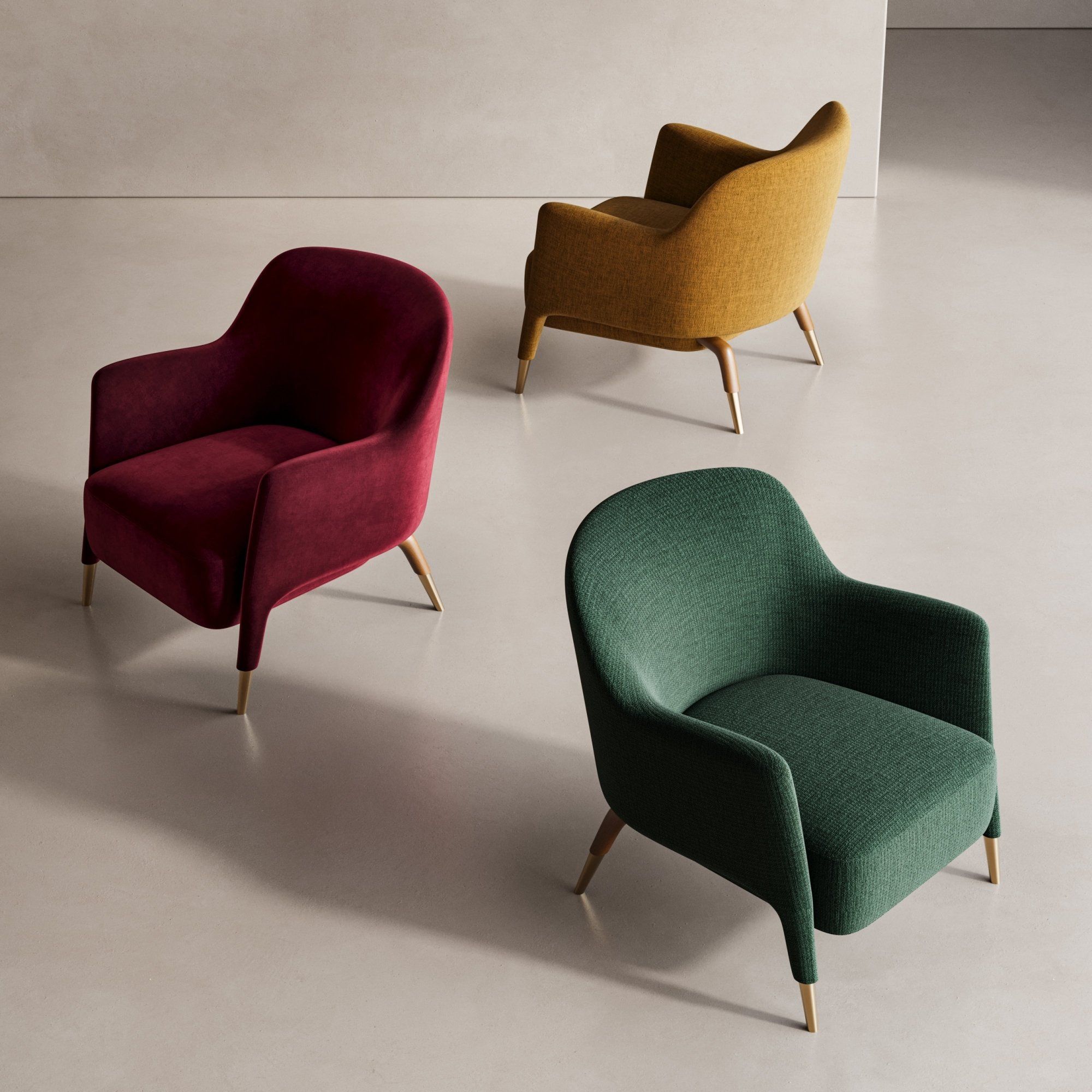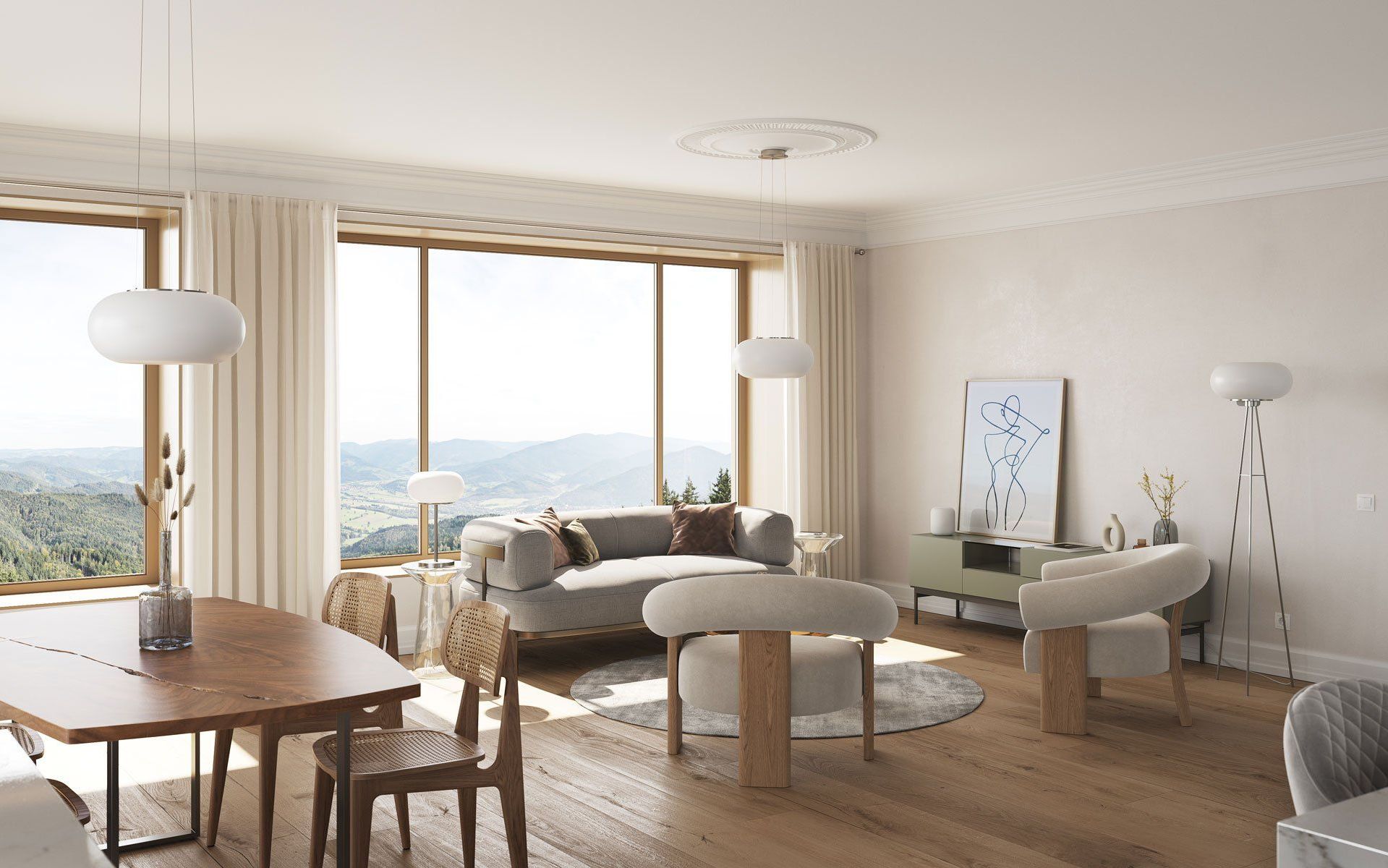As the digital realm advances at breakneck speed, the clash for brand prominence on social platforms is fiercer than ever. Rising above this saturated space requires more than just innovation; it demands a calculated strategy. A prominent approach that forward-thinking brands have integrated into their playbook is the deployment of educational content for social media.
This tactic not only serves to educate and captivate the audience but also strategically positions the brand as an authoritative voice and a go-to information hub. By providing insights into their products, their utility, the materials employed, and the underlying design philosophy, businesses can significantly elevate their brand’s stature, cultivate meaningful relationships, and amplify customer engagement.
Our 3D rendering company is offering a comprehensive analysis of the profound impact of educational content on social media. Delving into eight empirically-backed concepts, from the art of presenting product combinations to best practices in design and the integration of cutting-edge technology, this guide ensures you’re poised to harness the full potential of your brand’s educational content.
Keep reading!
Product Combinations: Unleashing Creativity

Furniture isn’t just “stuff” in a room — it’s a dialogue between style, space, and user. Take, for instance, the ‘Style-fit Reel’ setting that masterfully juxtaposes a rustic, wooden table with contemporary, upholstered chairs. Or, observe the ‘Lifestyle’ ambiance, where modern dining sets find a harmonious backdrop amidst earthy textures and botanical decor. These aren’t just random pairings; they’re curated combinations, amplifying the individual beauty of each furniture piece, and offering customers a cohesive, sophisticated living experience.
For furniture brands aiming to elevate customer education on social media, the challenge lies not just in showcasing individual pieces but in illustrating how they fit into the larger design tapestry. Begin with deep dives into client preferences and the prevailing design trends, identifying furniture pieces that organically complement each other. Ensure these curated sets resonate in terms of aesthetics, function, and space dynamics. As a capstone, articulate these product combinations with enriched narratives that highlight the seamless integration of each piece into the grand design story.
To wrap it up, when thoughtfully crafted and presented, such product combinations can captivate the discerning customer’s imagination, spark engagement, and elevate a brand’s standing as a beacon of design innovation and client understanding.
Product Usage: Practical Guides and Tips

A 3D imagery forms a crucial nexus between the screen and physical space, and the demand for lucid, user-friendly guidance hits an all-time high. Ensuring customers not only admire these virtual pieces but also understand their real-world applications can markedly elevate a brand’s digital presence.
At the heart of this approach is the creation of insightful content for social platforms, focusing on comprehensive manuals that decode the complexities of 3D product imagery. Think step-by-step tutorials that illuminate the intricacies of each design, high-definition videos that exhibit the potential spatial arrangements, and authentic customer testimonials that validate the visualizations’ practicality and aesthetic value.
However, as with any technology-driven endeavor, challenges are bound to arise. Whether it’s difficulty in manipulating the 3D model or understanding the scale and proportion of the visualized piece, it’s essential to preemptively address these issues. Offering troubleshooting solutions, backed by expert insights, can not only mitigate these obstacles but also empower customers to fully harness the potential of product 3D visualization, transforming online browsing into a dynamic, immersive experience.
Talents: Building Emotional Connections

Building a strong emotional connection with your audience is key to successful marketing. Social media posts that feature product images with people and their beloved pets or kids have proven to be exceptionally effective in establishing this connection.
Educational content for social media offers a golden opportunity to spotlight such posts. By showcasing individuals using or interacting with your product, potential customers can see themselves in similar situations. This relatability fosters a sense of familiarity and trust.
The same goes for pets who are beloved members of families. When a product is seen being enjoyed by a pet, it triggers positive emotions among pet owners. This relatability strengthens the bond between the brand and its audience.
Incorporating people and their pets into your product images for social media posts is a powerful strategy. It not only enhances relatability, emotional appeal, and authenticity but also fosters engagement, storytelling, and memorability. By building these emotional connections, your brand becomes more than just a product — it becomes a part of your customers’ lives, creating loyalty and long-lasting relationships.
Materials: Exploring Sustainability and Quality

Educational content for social media serves as an unparalleled conduit for this narrative. By shedding light on the choice of materials, brands can educate their audience on the manifold benefits that extend beyond mere aesthetics. Take, for instance, a fabric crafted from recycled ocean plastics; not only does it underscore durability but also champions the cause of recyclability, giving products a second life while safeguarding our oceans.
Beyond the inherent attributes of the material, it’s the brand’s approach to sourcing that truly reinforces a commitment to the planet. Responsible sourcing isn’t merely a buzzword; it’s a rigorous practice that entails tracing the origins of every material, ensuring that they hail from sustainable and ethical sources. This practice not only reduces the environmental footprint but also ensures that each product carries with it a story of ecological integrity.
By weaving such insights into the brand’s narrative, consumers are equipped with a holistic understanding of the product’s lifecycle — from the earth it originates from to the hands it eventually graces. This not only fosters trust but elevates a brand’s stature from a mere manufacturer to an advocate for sustainable innovation in the eyes of the informed consumer.
Trends: Staying Ahead in the Market

Creating educational content for social media about design trends is a great way to engage your audience and highlight your expertise. Animated social media video production is a key tool for producing this type of content at scale.
For instance, discuss a prominent color trend of 2026, such as earthy tones like terra-cotta and selections influenced by the moody forestcore style, highlighting deep, lush greens, are making a significant impact. Furthermore, there’s a notable rise in coastal-inspired blues, spanning from delicate pastels to bold teals.
Or you can mention that in 2026, texture will take center stage in interior design trends. Advise your subscribers to anticipate a fusion of tactile materials within the same room, incorporating luxurious velvet, rugged stone, and sleek metal. These varied textures infuse the space with depth and visual allure, crafting a sensory experience for inhabitants and visitors alike.
In essence, exploring the creation of educational content about design trends on social media not only enriches your followers’ knowledge but also nurtures a dynamic online community. By engaging, educating, and inspiring, you can create a valuable digital space where creativity flourishes, conversations thrive, and your expertise shines.
Color Combinations: The Psychology of Colors

In the arena of product design, the profound influence of color transcends mere aesthetics. The palette chosen for a product or brand doesn’t merely serve as a visual stimulant; it possesses the potential to communicate, evoke emotions, and significantly influence consumer perceptions.
Educational content for social media, when developed thoughtfully, can serve as a compelling conduit to elucidate the intricate psychology of colors. It is not just the hue of blue that soothes or the shade of red that invigorates; it’s the symphony of color combinations that creates a profound narrative, resonating with the consumer on both conscious and subconscious levels. For instance, while a monochromatic scheme might exude simplicity and elegance, a complementary scheme could captivate with its vibrant contrast and dynamism.
Brands striving for distinction ought to recognize that colors are not mere adornments. They bear potent psychological implications. Consider the calming serenity of pastel palettes in wellness brands or the bold primaries championed by many tech giants — each choice isn’t arbitrary. It’s a meticulous decision to evoke specific feelings, aligning with the brand’s ethos and the expectations of its target audience.
In guiding businesses or individuals on the judicious selection of color schemes, it becomes imperative to factor in the brand identity and the desired perception. Whether aiming for trustworthiness, luxury, or innovation, the palette becomes an integral component of that messaging.
Design Tips: Enhancing Aesthetics and Functionality

A product’s design can often be the deciding factor that sets it apart. It’s not just about creating something visually appealing; the intertwining of aesthetics with functionality is what defines truly exceptional product design. To thrive in this arena, one must grasp not only the art of design but its science as well.
For those endeavoring to amplify their design proficiency, educational content for social media can be a tremendous asset. It allows for the dissemination of valuable insights, bridging the gap between novice understanding and expert mastery.
Firstly, understanding the foundational principles of product design is paramount. The concept of balance, for instance, isn’t restricted to just visual weight. It encompasses the equilibrium between form and function, ensuring neither overshadows the other. Proportion, on the other hand, is the harmonious relation of parts to each other and the whole, dictating how each element of a design interacts and coexists.
Then there’s usability — an aspect that can’t be stressed enough. A product might be a visual marvel, but if it falls short in terms of user-friendliness, its market potential diminishes. Here, iterative design comes into play. By consistently refining and reevaluating, designers can ensure that their creations aren’t just visually pleasing but user-centric as well.
To elucidate this, consider the transformation of everyday products through design modifications. An ergonomic chair, for example, might have started as a simple seating solution. But through design evolution, with a keen emphasis on human-centric principles, it becomes a masterpiece of comfort and functionality, seamlessly blending aesthetics with purpose.
Exceptional product design is an intricate dance of aesthetics and functionality. It requires a deep understanding, continuous learning, and the relentless pursuit of perfection. And in this journey, leveraging educational resources, be it books, workshops, or content on social media platforms, can be the guiding light leading to mastery.
Functions and Technology: Innovations and Smart Features

Technology and smart features are no longer mere add-ons; they are the pillars that elevate a product from the ordinary to the extraordinary. The genesis of this transformative change has been a combination of consumer demand and technological innovation.
Undoubtedly, the digital revolution has ushered in an era where the integration of cutting-edge technology into products is not just desirable but expected. With smart homes, wearable technology, and AI-driven applications becoming the norm, the line between the physical and digital worlds continues to blur. The compelling power of technology lies in its ability to refine and redefine product functions, elevating the user experience to unparalleled heights.
For instance, consider the evolution of household appliances. No longer are they static entities fulfilling basic needs. Modern refrigerators, through AI and IoT integrations, can now track food expiration dates, suggest recipes, or even make grocery lists. These enhancements not only heighten convenience but also weave a fabric of interactivity, transforming the user’s relationship with the product.
Similarly, wearable technology, epitomized by smartwatches and fitness trackers, has revolutionized health and wellness. With the capability to monitor heart rates, track sleep cycles, and even detect anomalies, these devices offer users insights that were previously the domain of medical professionals.
The digital age’s zeitgeist demands a synergy between education and engagement, especially in the realm of social media marketing. Offering value-driven, informative content not only cements a brand’s position as an industry thought leader but also fosters an informed and loyal customer base. Brands, therefore, would be astute to harness the power of educational content on social media, delineating the nuances of their products, and elucidating the technological innovations they house. The dividends? Enhanced customer trust, robust brand loyalty, and an undeniable uptick in sales.
As you explore the intricacies of our 3D product modeling company , know that you’re not merely investing in a service. You’re investing in a partnership—a collaboration rooted in mutual growth, innovation, and an unyielding commitment to excellence. Contact us now!
